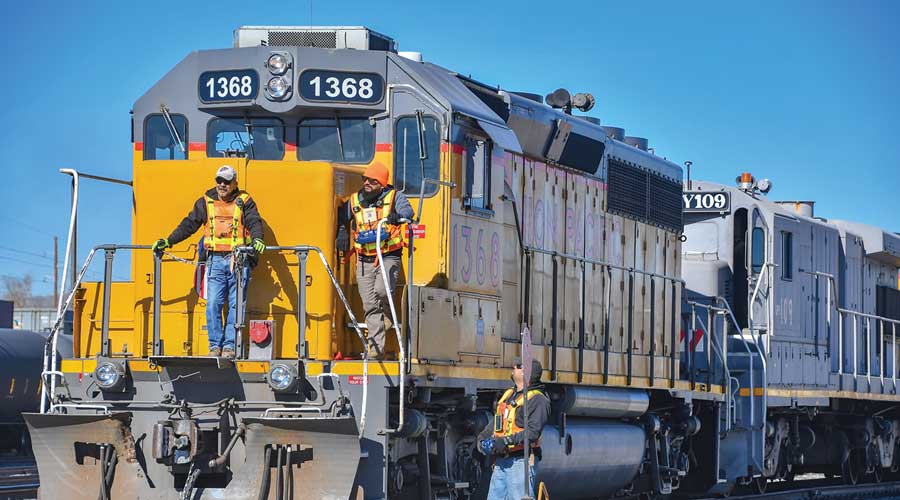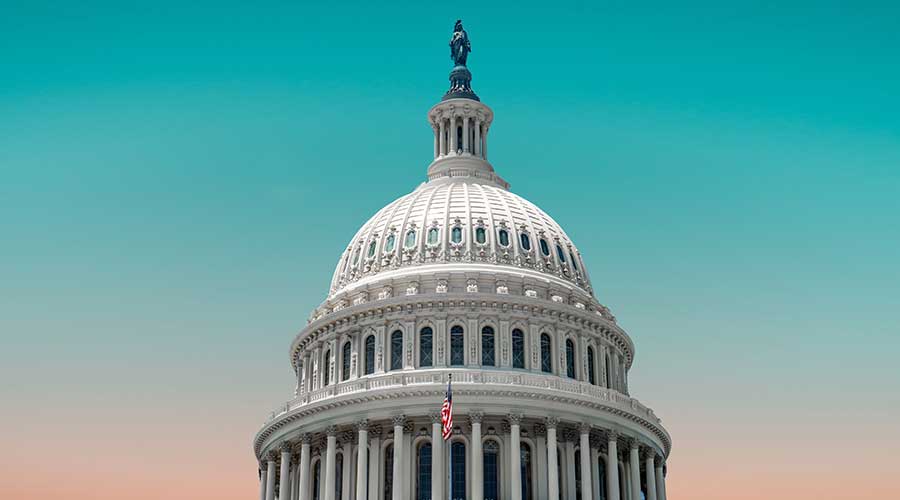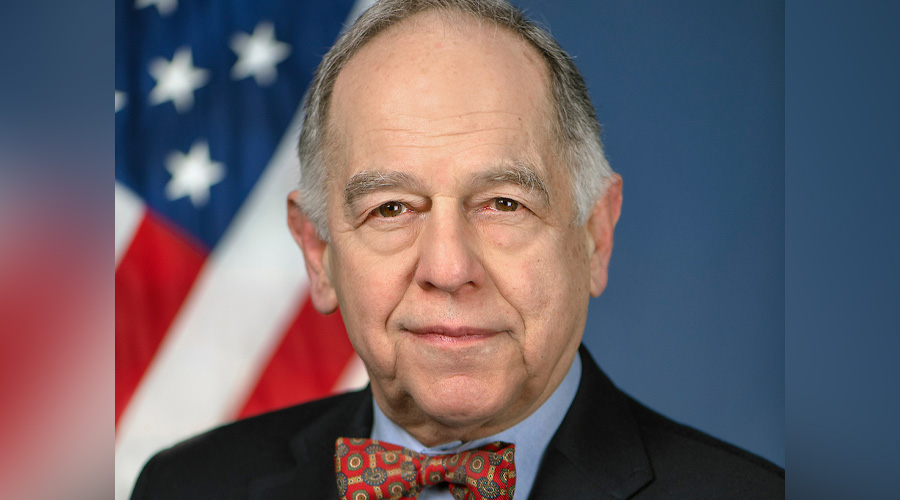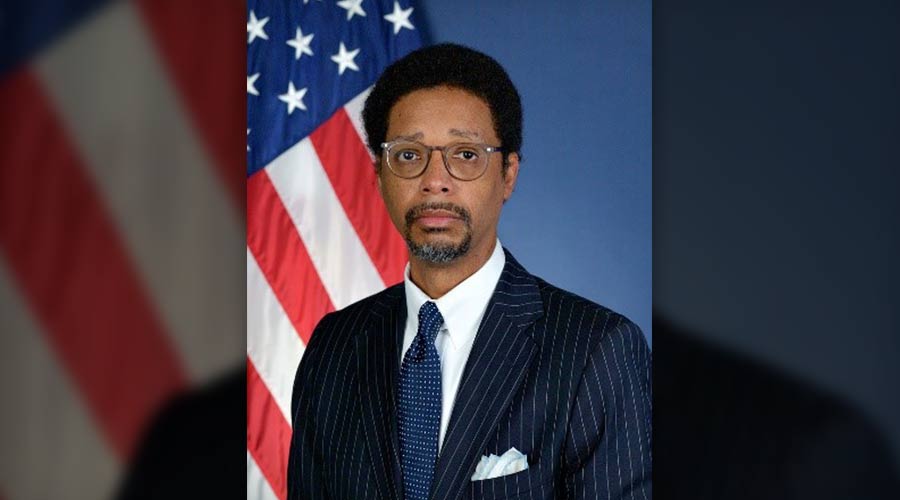Stay updated on news, articles and information for the rail industry
August 2022
Rail News: Federal Legislation & Regulation
FRA (again) takes on train-crew size

By Julie Sneider, Senior Associate Editor
As anticipated by many in the rail industry, the Federal Railroad Administration last month announced a proposed rulemaking that would require railroads to use a minimum of two-person train crews for all operations, with only a few exceptions.
If adopted, the new regulation would also establish minimum requirements for the location of crew members on a moving train.
“This proposed rule will improve safety for America’s rail passengers — and rail workers — across the country,” U.S. Transportation Secretary Pete Buttigieg said in a press release.
The proposed rule would also improve safety nationwide by replacing an existing patchwork of state laws regulating train-crew size, FRA officials said. Moreover, the rule would prohibit the operation of some trains with fewer than two crew members from transporting large amounts of certain hazardous materials.
The risk assessment and annual oversight requirements in the notice of proposed rulemaking (NPRM) are intended to ensure that railroads fully consider and address all relevant safety factors associated with using crews of fewer than two people, according to the FRA.
“We are committed to data-driven decision-making,” said FRA Administrator Amit Bose. “In cases where railroads wish to operate with crews of fewer than two people, we are proposing that they perform a rigorous, thorough and transparent risk assessment and hazard analysis, and the FRA will provide an opportunity for public comment on these submissions.”
Railroads: Bad timing, bad idea
As expected, freight-rail industry leaders voiced opposition to a government-mandated train-crew size. Officials from both the Association of American Railroads and the American Short Line and Regional Railroad Association expressed their disappointment.
AAR President and CEO Ian Jefferies decried the proposal as misguided and without a safety justification.
“Though the rule purports to offer a path toward single-person operations, the FRA’s proposal effectively reserves to itself unfettered discretion to disapprove such proposed operations, which removes any regulatory certainty or predictability and may make it nearly impossible for carriers to move beyond the current staffing paradigm,” he said in a press release.
In 2019, under the Trump administration, the FRA thoroughly reconsidered a rule that was similar to the current NPRM, but the agency retracted it after finding a complete absence of a safety justification for that rule, Jefferies noted. Railroad staffing and duty assignments are matters that should be addressed at the bargaining table, he said.
ASLRRA officials concur. There is no safety justification for the NPRM, they said in a press release.
“The FRA has proposed an ill-conceived, ill-timed and unnecessary crew-size mandate that would hinder the efficient operations of some small business railroads, snarl the supply chain and stifle innovation well into the future,” ASLRRA officials said.
The rule would be particularly burdensome for short lines, which “operate safely today with a variety of crew sizes, including single-person crews in some instances, that suit the work being performed,” they said.
However, transportation labor leaders welcome a train-crew mandate.
“This proposed rule acknowledges that crew size is fundamentally a safety issue at its core,” said Greg Regan, president of the Transportation Trades Department of the AFL-CIO. “By creating a federal standard across the industry, the FRA can address the significant safety concerns presented by railroads operating with single-person crews.”


 2025 MOW Spending Report: Passenger-rail programs
2025 MOW Spending Report: Passenger-rail programs
 Gardner steps down as Amtrak CEO
Gardner steps down as Amtrak CEO
 Guest comment: Oliver Wyman’s David Hunt
Guest comment: Oliver Wyman’s David Hunt
 Women of Influence in Rail eBook
Women of Influence in Rail eBook
 railPrime
railPrime








